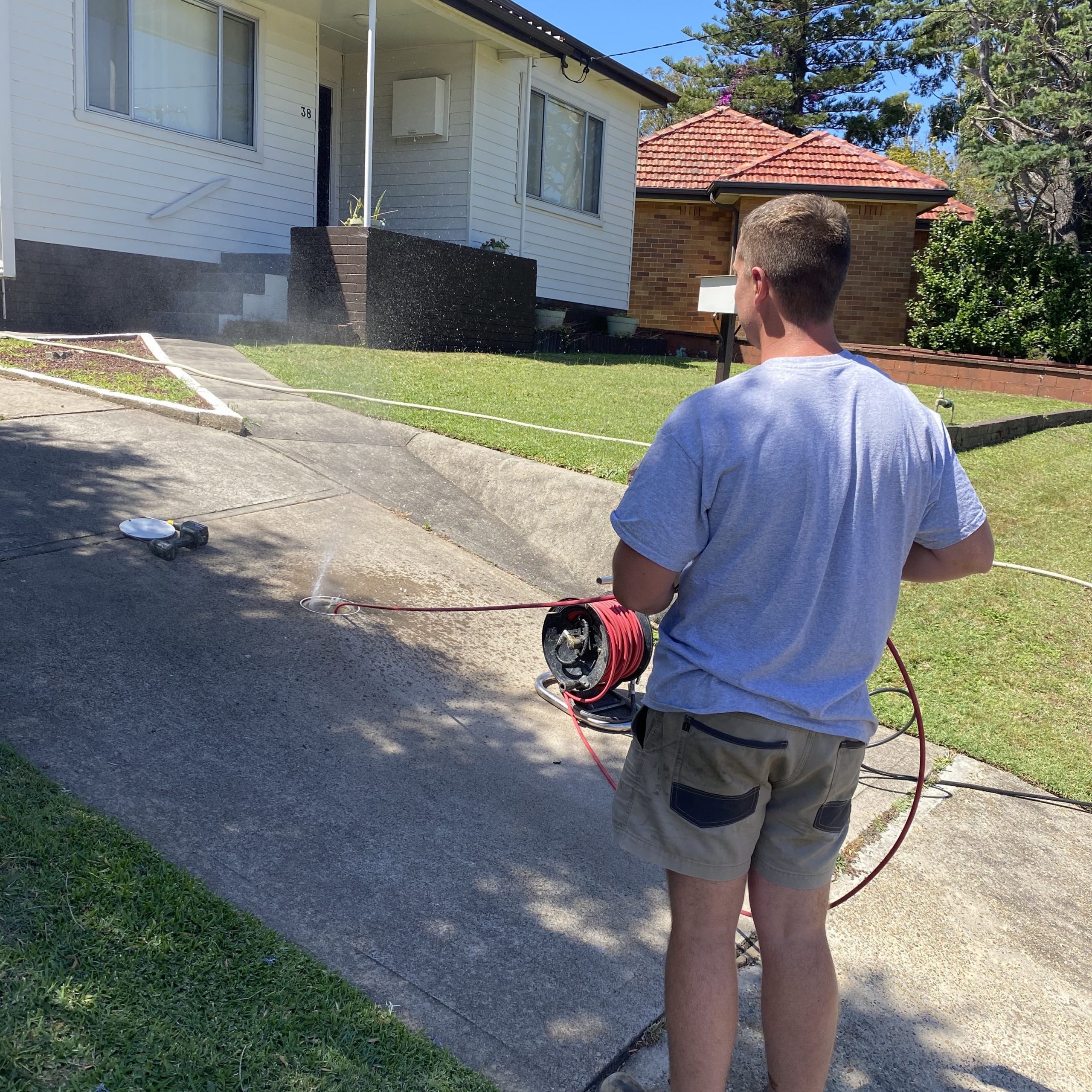How to Unblock a Drain: A Practical Guide
A blocked drain can be a major inconvenience in your plumbing system, but the good news is that there are a number of ways you can unblock it yourself without having to call a plumber. Here’s a practical guide to help you get your clogged drains flowing freely again.
Step 1: Locate the Blockage
The first step in unblocking a drain is to locate the blockage. This can often be done simply by visual inspection, but if the blockage is deep in the pipes, you may need to use a camera to locate it. An inspection camera can be purchased for between $100 and $1,000, depending on the quality and features. Blocked drains can be caused by several factors, such as tree roots, grease buildup, or other debris.
Step 2: Gather Your Tools
Before you begin, gather the tools you’ll need. This will include a plunger, a drain snake, a bucket, rubber gloves, baking soda, and white vinegar. If the blockage is severe, you may also need a plumbing auger, also known as a drain auger, or a commercial chemical drain cleaner product.
Step 3: Use a Plunger
The first tool you should use to unblock a drain is a plunger. Simply place the plunger over the drain and push down firmly, creating suction to clear the blockage. Be sure to keep the plunger submerged in boiling water while you work, as this can help to loosen any stubborn debris. If the plunger doesn’t clear the blockage, move on to the next step.
Step 4: Use a DIY Solution
A simple and effective DIY solution to unclog a drain is using baking soda and white vinegar. First, pour a cup of baking soda down the drain, then add a cup of white vinegar. Cover the drain and let it sit for about 30 minutes. After that, flush the drain with boiling water. This method works well for small blockages caused by grease or soap scum.
Step 5: Use a Commercial Drain Cleaner
If the DIY solution doesn’t work, you can try using a commercial chemical drain cleaner. Be sure to read the instructions carefully and wear gloves to protect your skin. These products can be harsh, so use them with caution, as improper use could lead to further plumbing problems.
Step 6: Use a Plumbing Auger
If the blockage is severe and the plunger, DIY solution, and chemical drain cleaner don’t work, you may need to use a plumbing auger. A plumbing auger is a specialized tool that can be used to remove blockages that are deep in the pipes. We’ve written another piece on how to use a plumbing auger for effective results.
Step 7: Clean Up
Once the blockage has been removed, it’s important to clean up any debris that may have been dislodged. Use a bucket to remove any debris that may have been pulled out of the drain, and be sure to properly dispose of it.
Plumbing Maintenance Tips
To avoid future blocked drains and other plumbing problems, regular plumbing maintenance is key. Keeping your plumbing system clear of debris and preventing tree roots from entering pipes can save you from dealing with a clogged drain. It’s also helpful to avoid pouring grease down the drain and to use strainers to catch hair and other solids.
By following these steps and maintaining your plumbing system, you can help prevent blocked drains from becoming a frequent issue, ensuring smooth water flow and a properly functioning plumbing system.
Step 8: Prevent future blockages
As Hunter Water says: “Our pipes are having issues with your wipes, paper towels and tissues”. You should only flush human toilet waste and toilet paper.
Kitchen sinks should also limit the amount of food scraps, grease and oil that goes down the sink. A simple sink strainer will help keep your kitchen sink free of debris.
Wrapping up: How to unblock a drain
By following these steps, you can easily unblock a drain yourself, without having to call a plumber. Remember to take precautions like using rubber gloves to avoid exposure to any caustic cleaners, dirt or bacteria that could be present in the blocked drain.
If the blockage is severe or you’re unable to remove it yourself, don’t hesitate to call The Plumbing Life Saver (a leading Newcastle Plumber) to help with your blocked drain.



